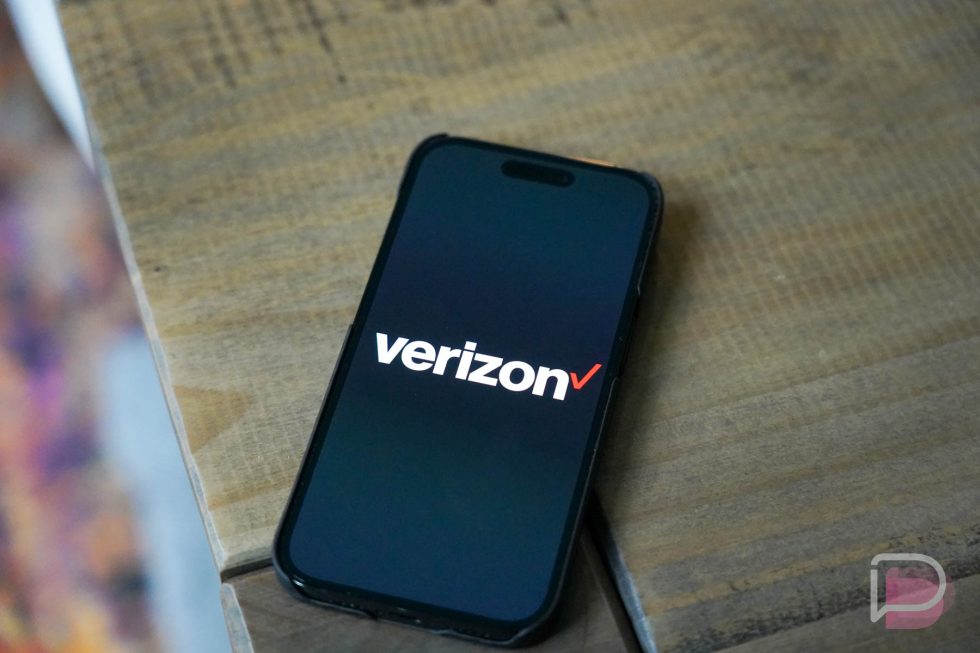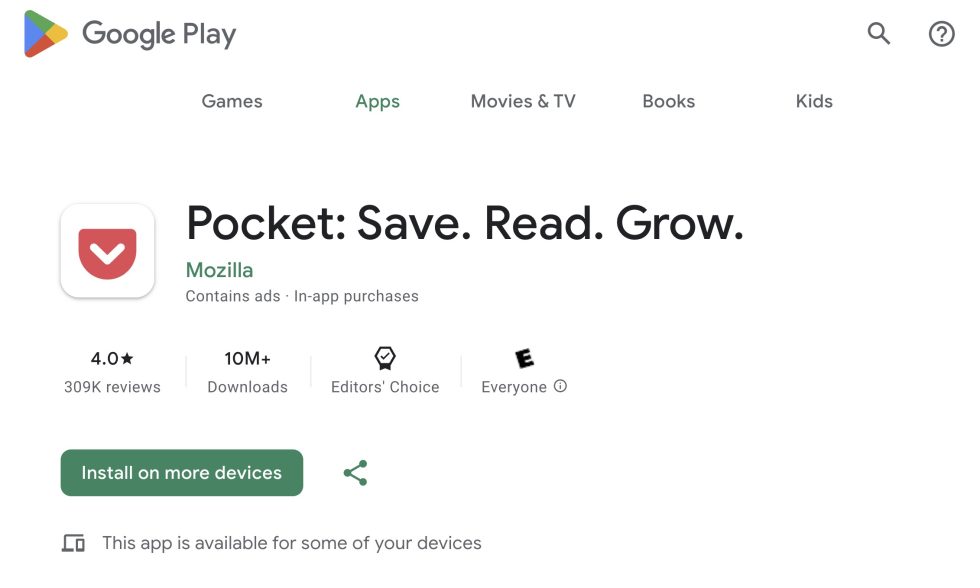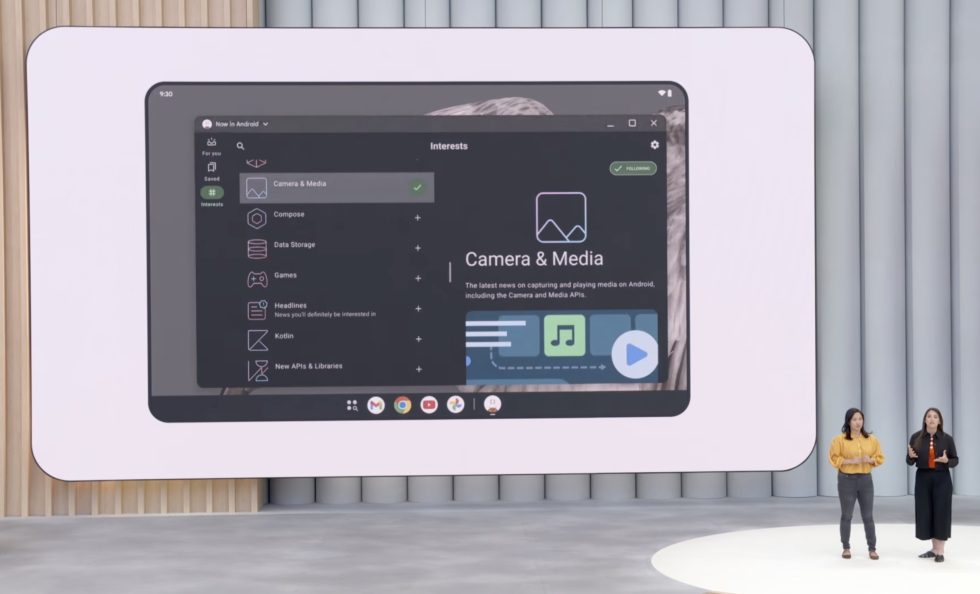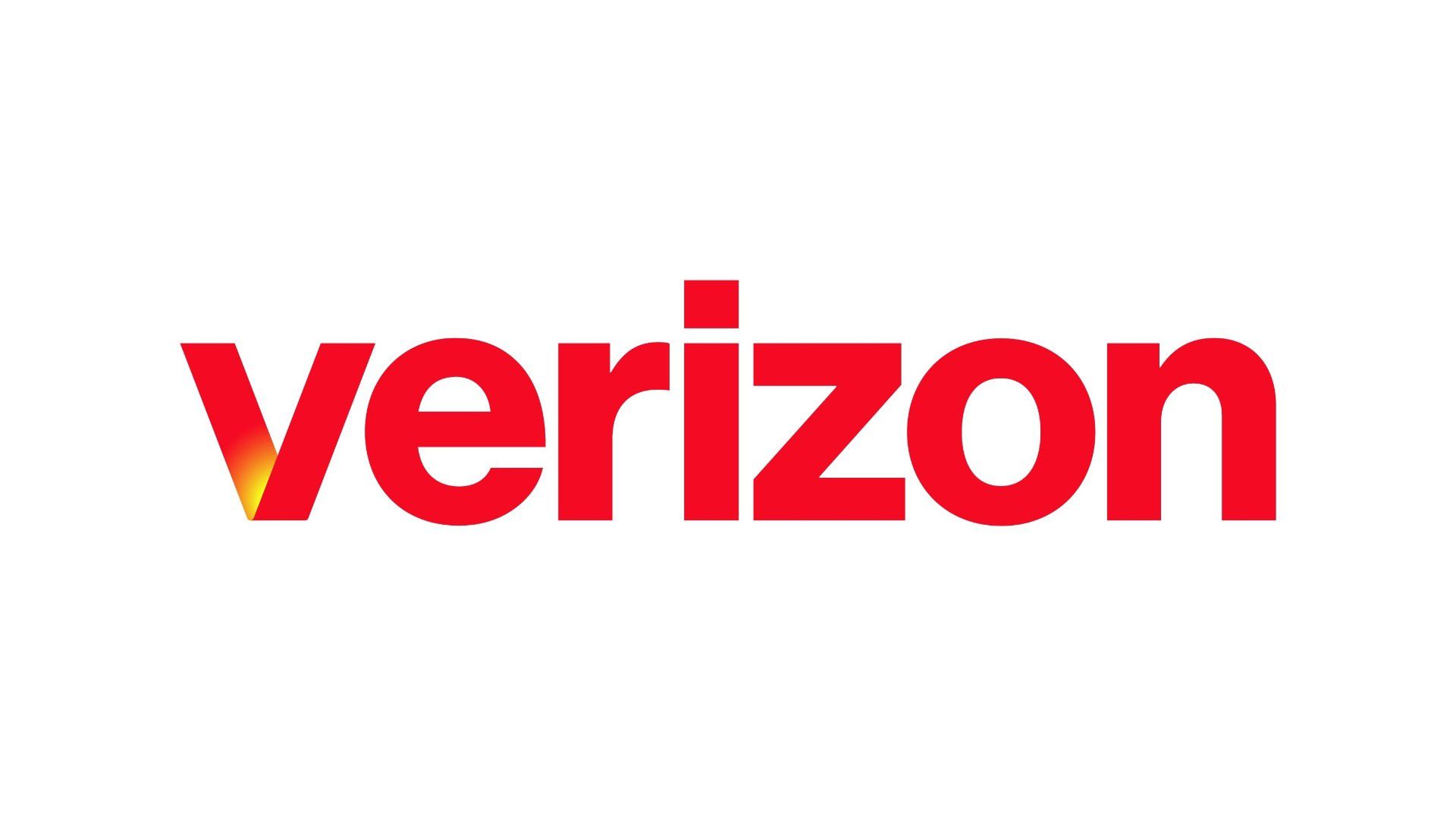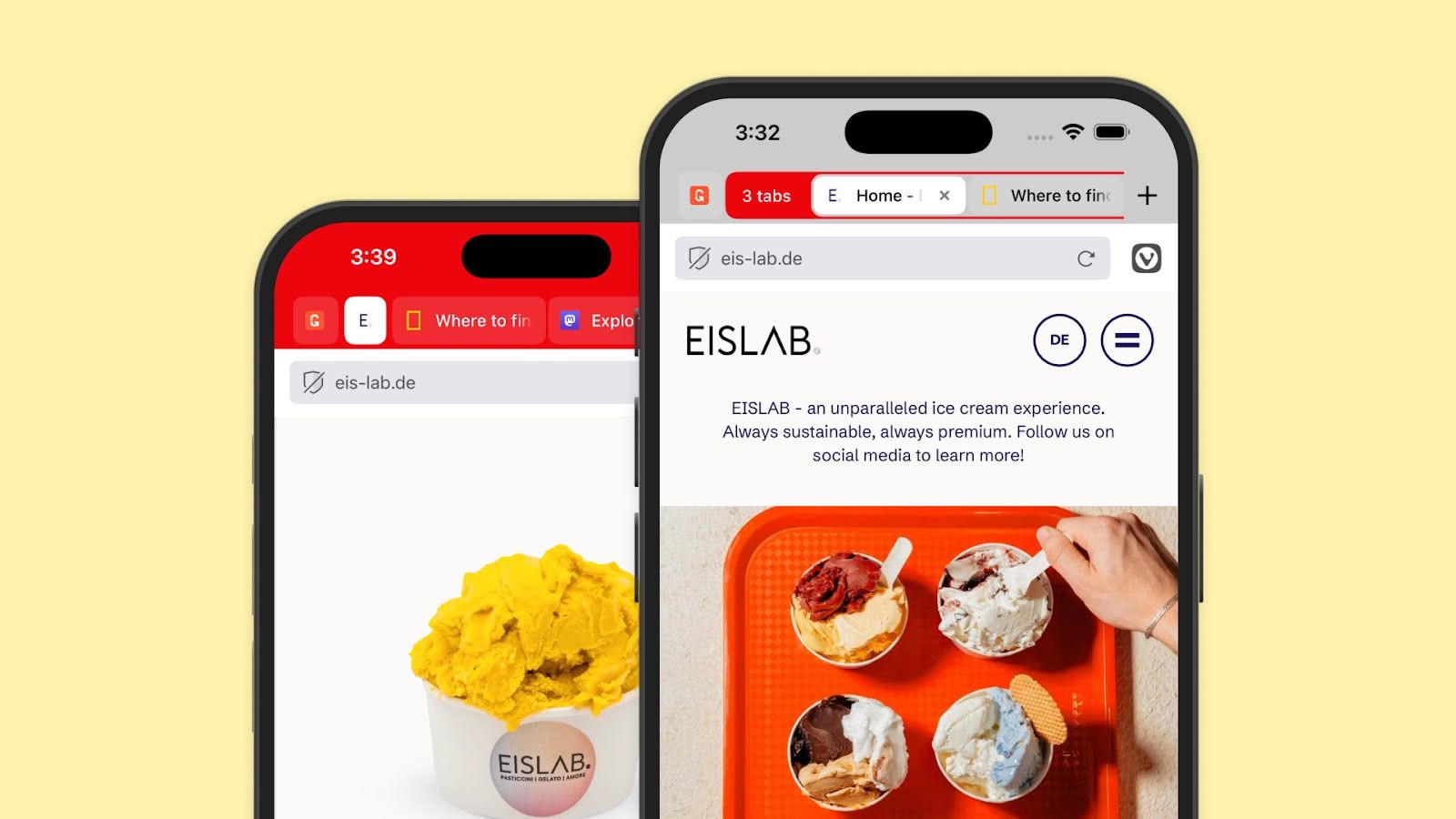TCP vs UDP — Low-Level Network Internals Behind Your API Calls
As developers, we often build and consume APIs without diving into the how of data transmission. But when things slow down, break unexpectedly, or you're building real-time features like video chat or live collaboration—knowing what's happening under the hood becomes invaluable. This article explores the internals of TCP vs UDP, how they affect your API calls and app performance, and how protocols like WebRTC strategically use both to deliver real-time magic in modern web apps. TCP vs UDP: The Core Differences TCP (Transmission Control Protocol) and UDP (User Datagram Protocol) are transport layer protocols responsible for delivering data between clients and servers. While both handle data transmission, they prioritize different aspects of performance: Feature TCP UDP Type Connection-oriented Connectionless Reliability Guarantees delivery, order, and error-checking No delivery guarantees Overhead Higher Lower Use Cases HTTP/S, API calls, file transfers VoIP, streaming, DNS, gaming, WebRTC (partially) Think of TCP as a reliable delivery service that tracks every package. UDP is more like a broadcast—fast, but no promises it’ll get there. How It Affects Your API Layer ✅ TCP for RESTful APIs Most HTTP-based APIs use TCP underneath. Here’s what it means for your app: Reliable communication with retry logic Handshake before data transfer Slower startup latency (especially in poor networks) MERN Example: Your Express.js backend serving GET /api/data via HTTPS rides entirely on TCP. Axios, Fetch, and browsers all rely on TCP to ensure delivery, retries, and order. ⚡ UDP in Real-Time Applications (And Where WebRTC Comes In) When performance must be real-time—like in chat, video, or live location updates—latency beats reliability. That’s where UDP and WebRTC shine. WebRTC, the backbone of video chat in tools like Google Meet, Discord, and Zoom, uses UDP as its primary transport. But here's the twist:

As developers, we often build and consume APIs without diving into the how of data transmission. But when things slow down, break unexpectedly, or you're building real-time features like video chat or live collaboration—knowing what's happening under the hood becomes invaluable.
This article explores the internals of TCP vs UDP, how they affect your API calls and app performance, and how protocols like WebRTC strategically use both to deliver real-time magic in modern web apps.
TCP vs UDP: The Core Differences
TCP (Transmission Control Protocol) and UDP (User Datagram Protocol) are transport layer protocols responsible for delivering data between clients and servers. While both handle data transmission, they prioritize different aspects of performance:
| Feature | TCP | UDP |
|---|---|---|
| Type | Connection-oriented | Connectionless |
| Reliability | Guarantees delivery, order, and error-checking | No delivery guarantees |
| Overhead | Higher | Lower |
| Use Cases | HTTP/S, API calls, file transfers | VoIP, streaming, DNS, gaming, WebRTC (partially) |
Think of TCP as a reliable delivery service that tracks every package. UDP is more like a broadcast—fast, but no promises it’ll get there.
How It Affects Your API Layer
✅ TCP for RESTful APIs
Most HTTP-based APIs use TCP underneath. Here’s what it means for your app:
- Reliable communication with retry logic
- Handshake before data transfer
- Slower startup latency (especially in poor networks)
MERN Example: Your Express.js backend serving GET /api/data via HTTPS rides entirely on TCP. Axios, Fetch, and browsers all rely on TCP to ensure delivery, retries, and order.
⚡ UDP in Real-Time Applications (And Where WebRTC Comes In)
When performance must be real-time—like in chat, video, or live location updates—latency beats reliability. That’s where UDP and WebRTC shine.
WebRTC, the backbone of video chat in tools like Google Meet, Discord, and Zoom, uses UDP as its primary transport. But here's the twist:






















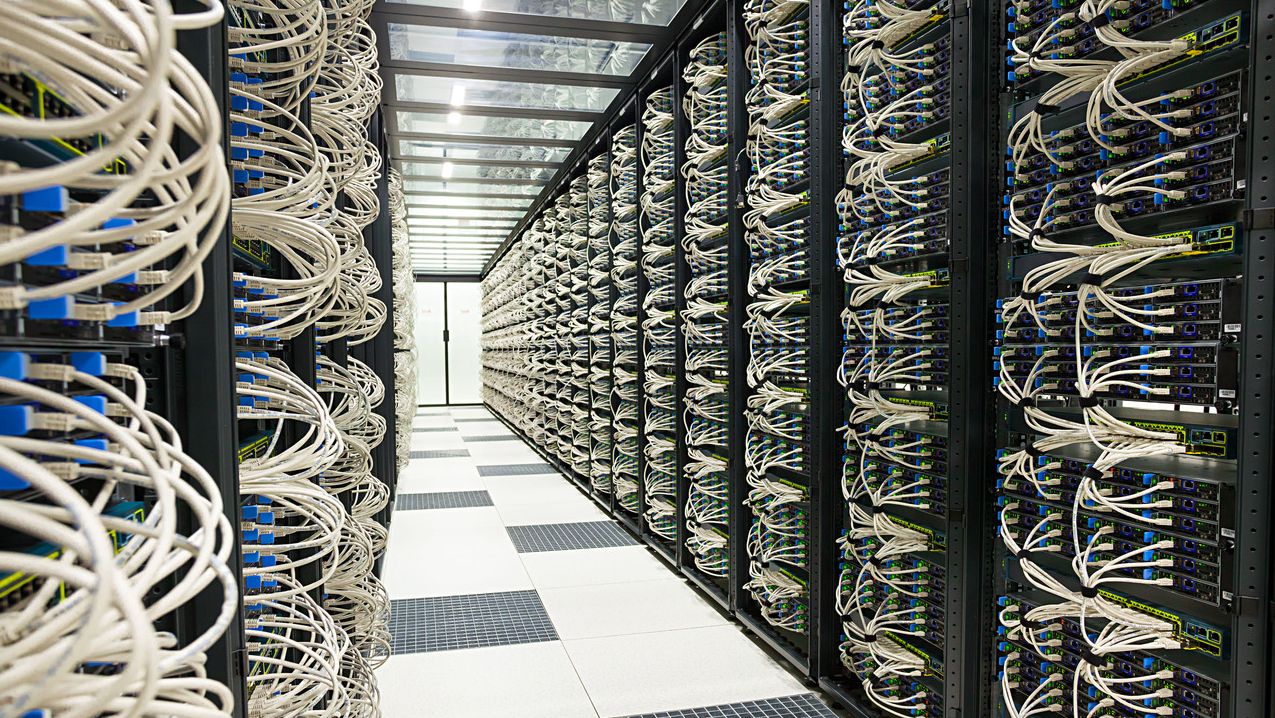








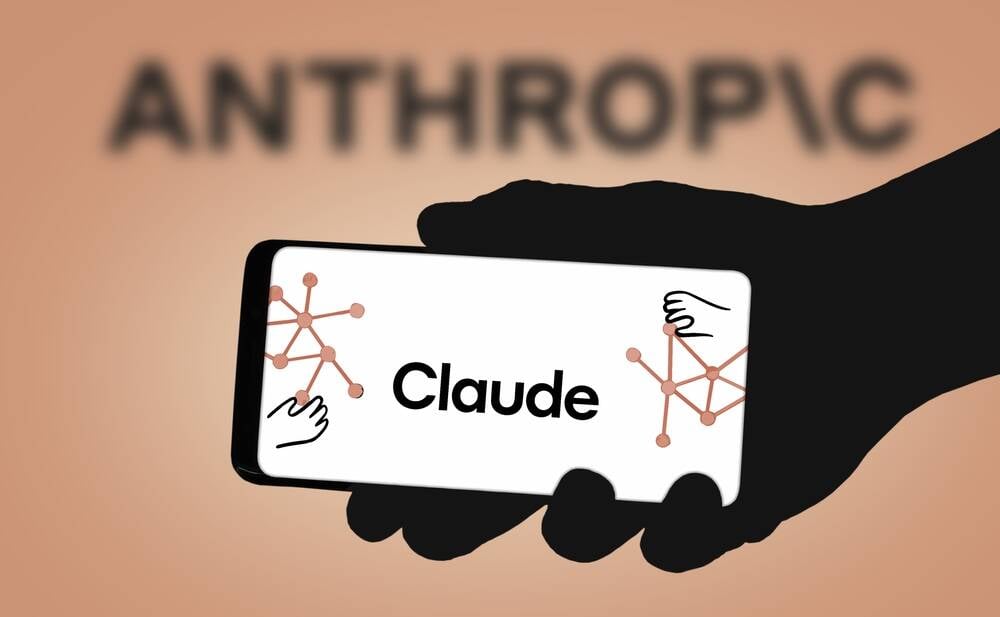

















































































































































![[The AI Show Episode 148]: Microsoft’s Quiet AI Layoffs, US Copyright Office’s Bombshell AI Guidance, 2025 State of Marketing AI Report, and OpenAI Codex](https://www.marketingaiinstitute.com/hubfs/ep%20148%20cover%20%281%29.png)


![[The AI Show Episode 146]: Rise of “AI-First” Companies, AI Job Disruption, GPT-4o Update Gets Rolled Back, How Big Consulting Firms Use AI, and Meta AI App](https://www.marketingaiinstitute.com/hubfs/ep%20146%20cover.png)
























































































































![[DEALS] Babbel Language Learning: Lifetime Subscription (All Languages) (71% off) & Other Deals Up To 98% Off – Offers End Soon!](https://www.javacodegeeks.com/wp-content/uploads/2012/12/jcg-logo.jpg)



























































































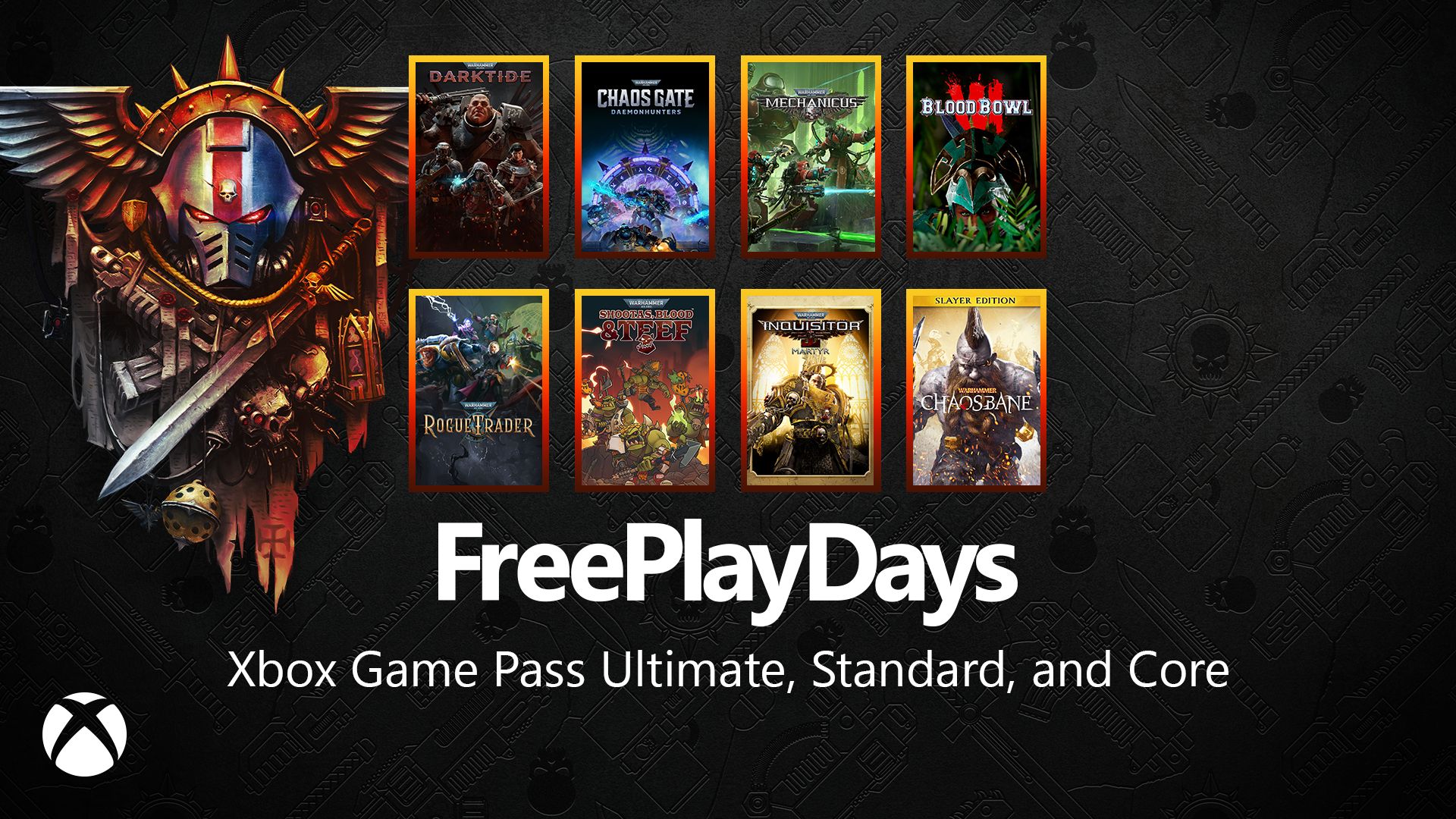








![Borderlands 4 Boss Says 'A Real Fan' Will Pay $80 For Games [Update]](https://i.kinja-img.com/image/upload/c_fill,h_675,pg_1,q_80,w_1200/086e4654c281e40d12b833591d2c6fdc.jpg)





























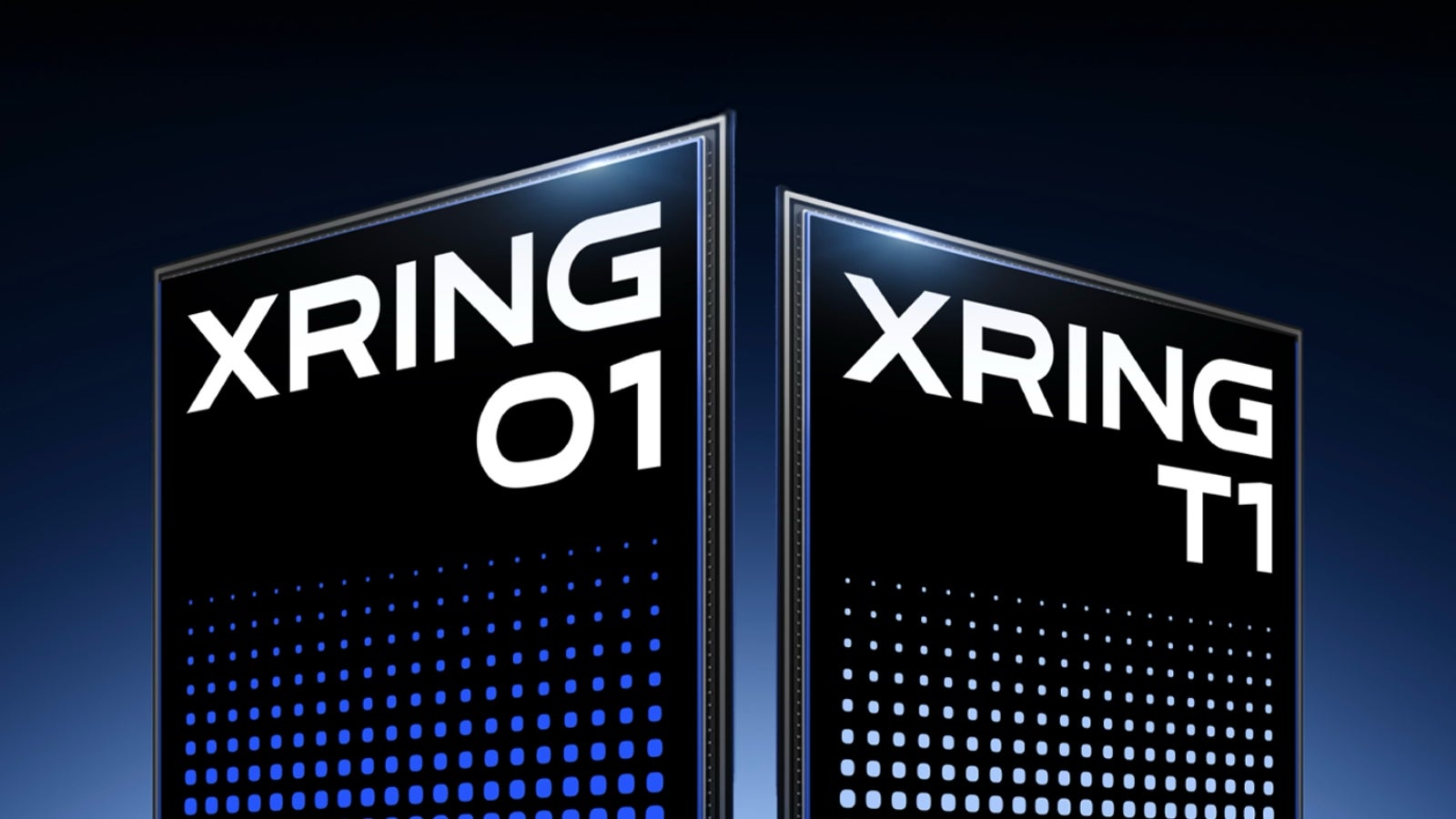
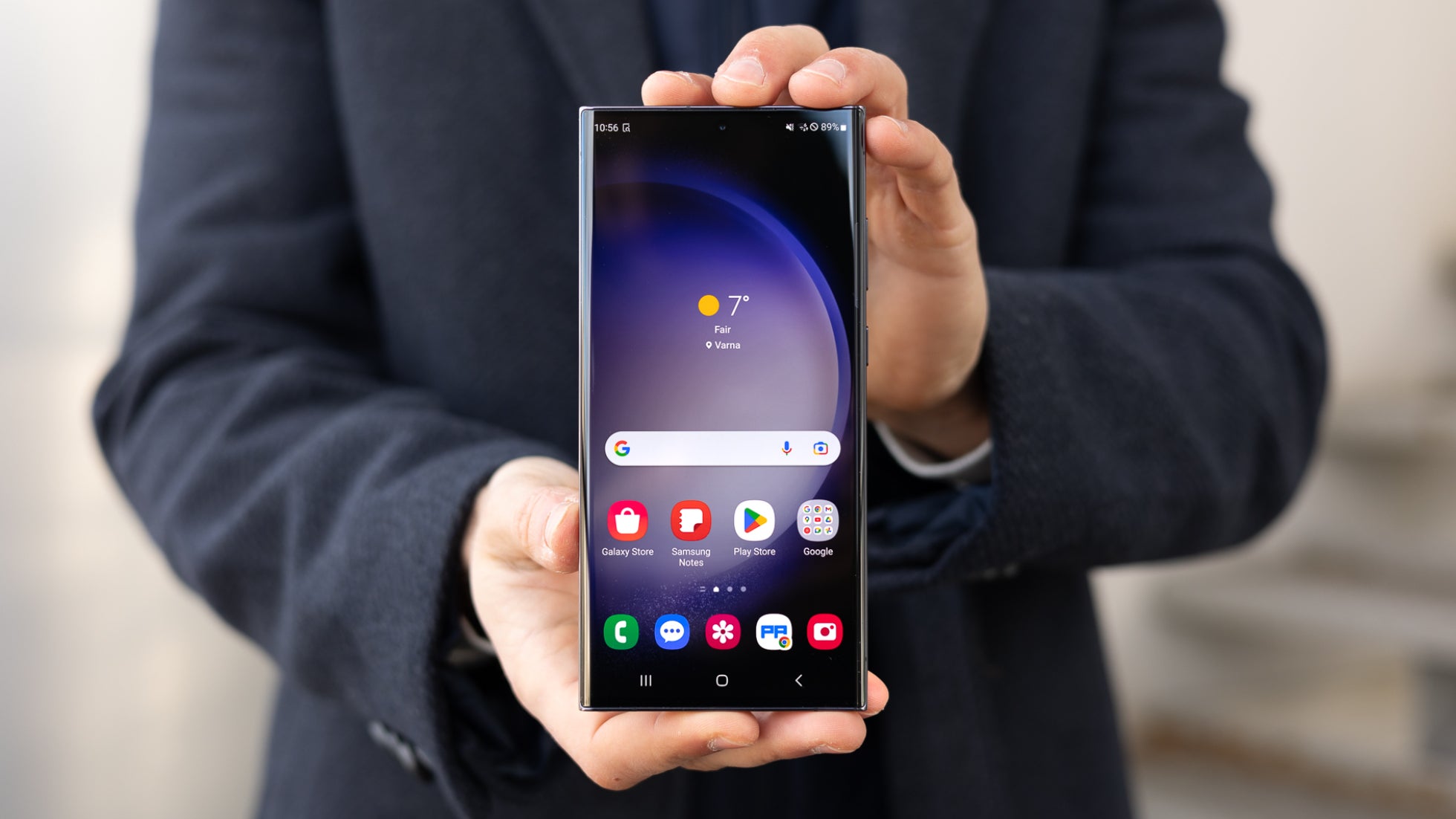
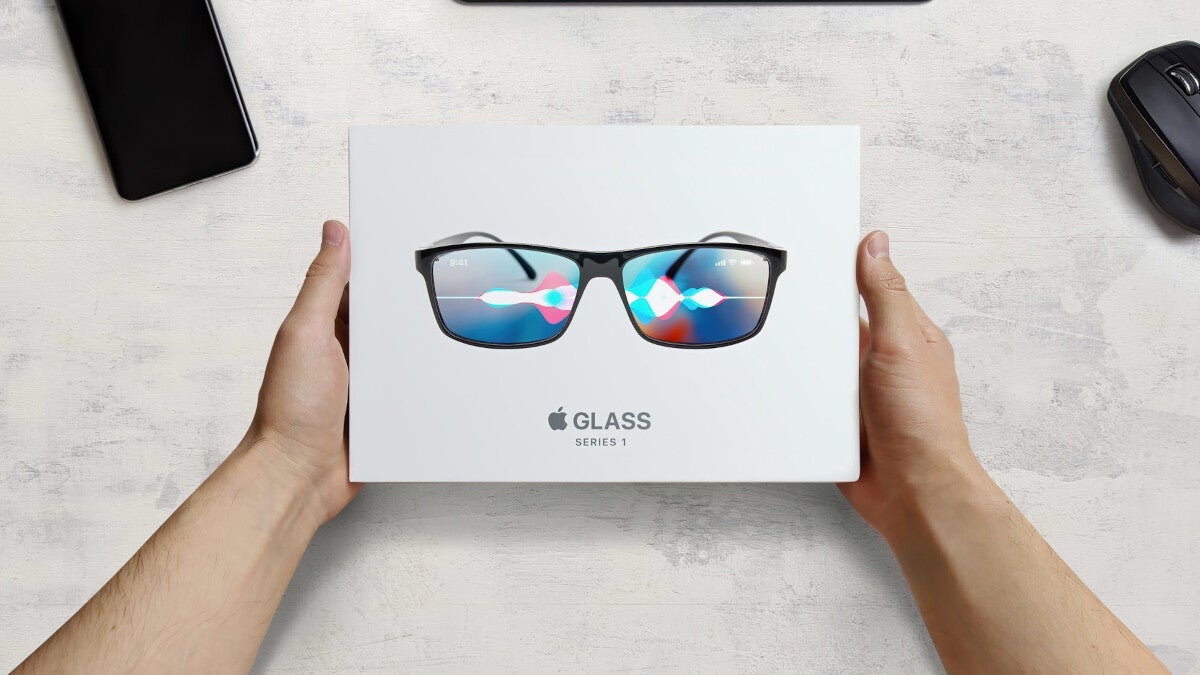










_Olekcii_Mach_Alamy.jpg?width=1280&auto=webp&quality=80&disable=upscale#)

























































































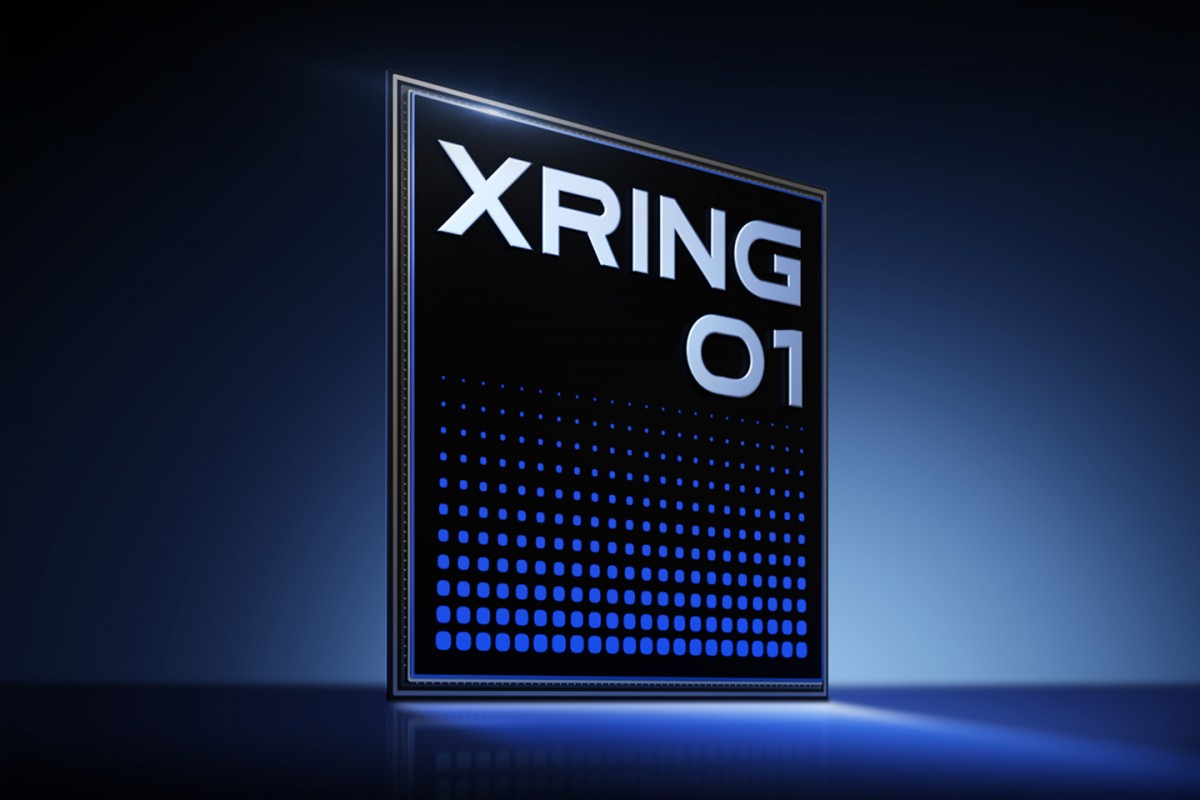
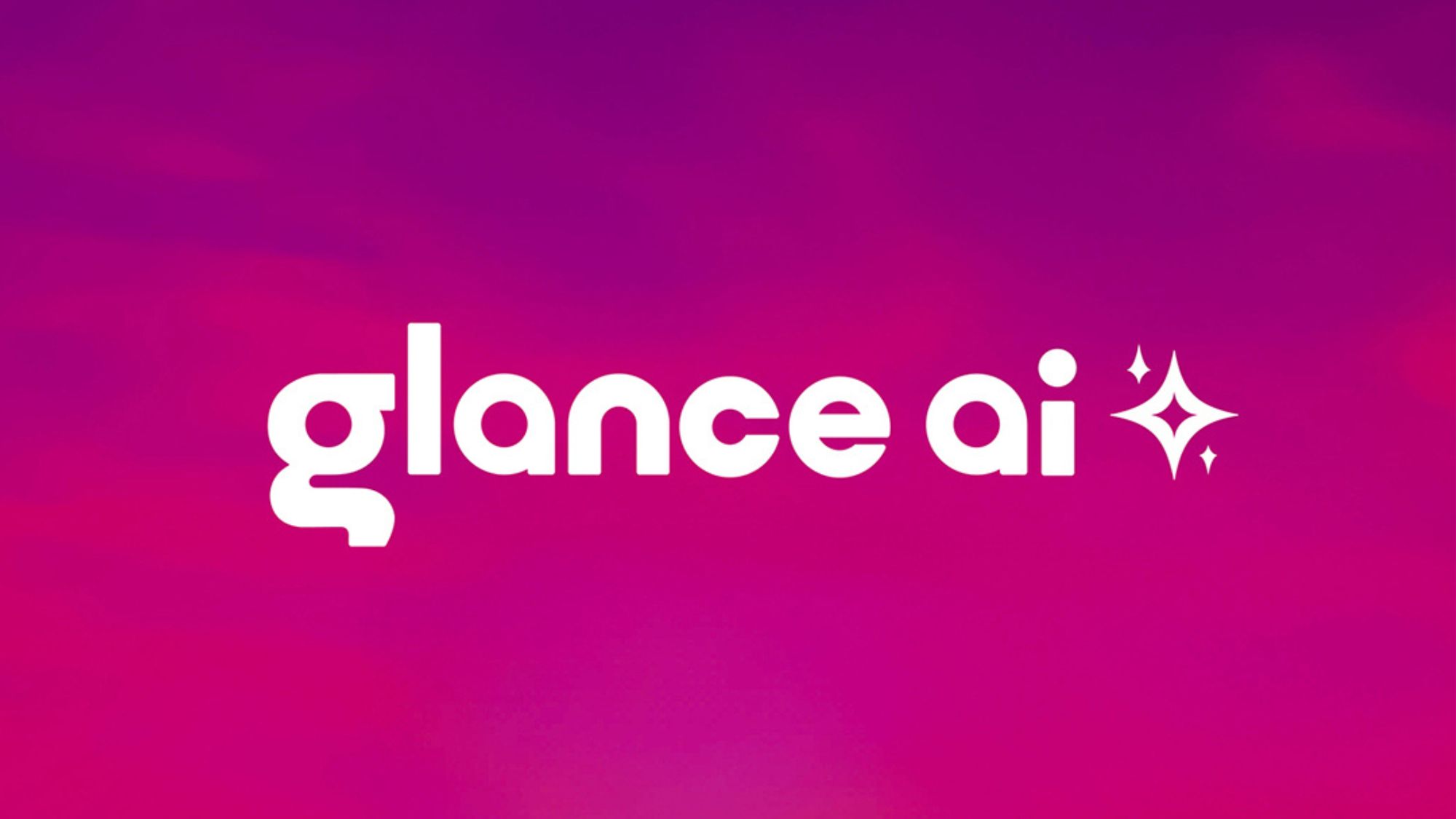





![Nomad levels up its best-selling charger with new 100W slim adapter [Hands-on]](https://i0.wp.com/9to5mac.com/wp-content/uploads/sites/6/2025/05/100w-FI.jpg.jpg?resize=1200%2C628&quality=82&strip=all&ssl=1)



![Google just showed off Android Auto’s upcoming light theme [Gallery]](https://i0.wp.com/9to5google.com/wp-content/uploads/sites/4/2025/05/android-auto-light-theme-documentation-2.jpg?resize=1200%2C628&quality=82&strip=all&ssl=1)








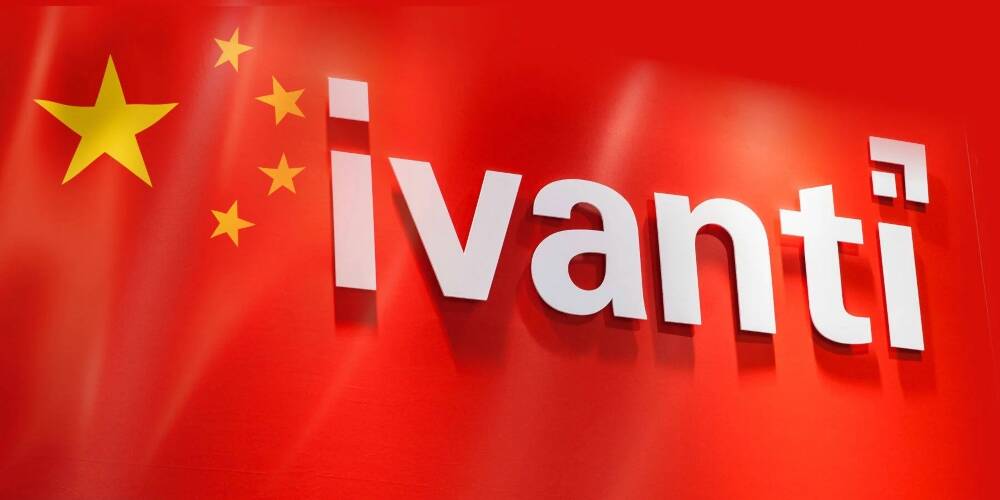


![Apple Accelerates Smart Glasses for 2026, Cancels Watch With Camera [Report]](https://www.iclarified.com/images/news/97408/97408/97408-640.jpg)
![Jony Ive and OpenAI Working on AI Device With No Screen [Kuo]](https://www.iclarified.com/images/news/97401/97401/97401-640.jpg)

![Anthropic Unveils Claude 4 Models That Could Power Apple Xcode AI Assistant [Video]](https://www.iclarified.com/images/news/97407/97407/97407-640.jpg)





















